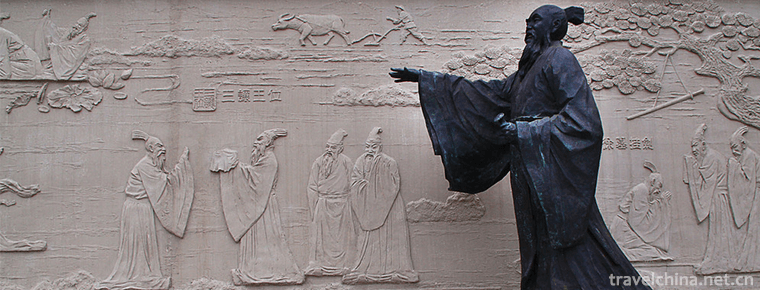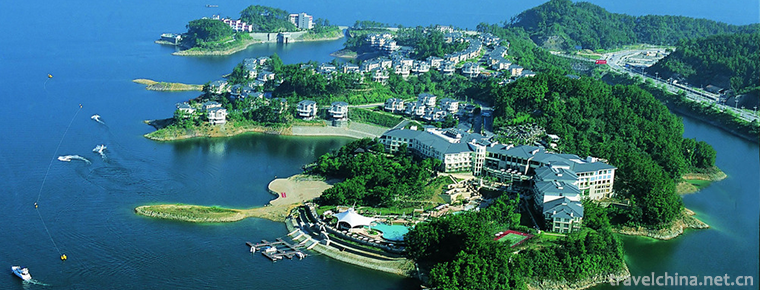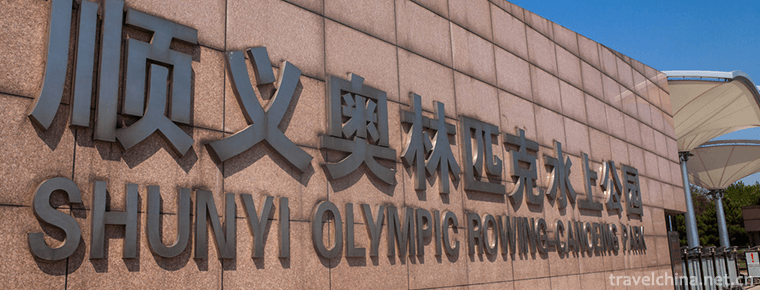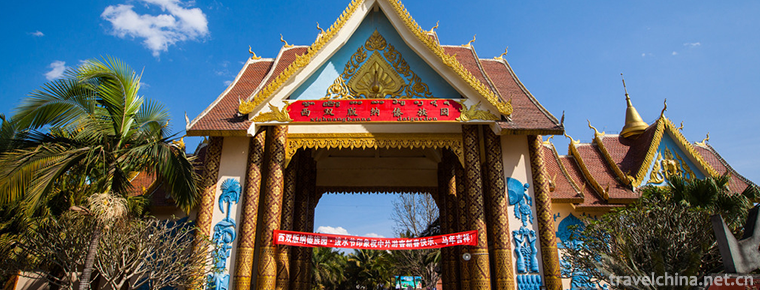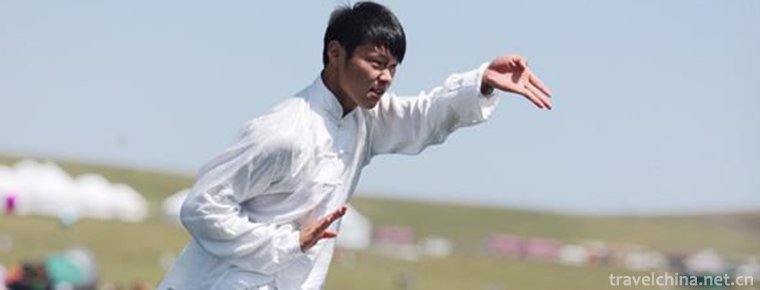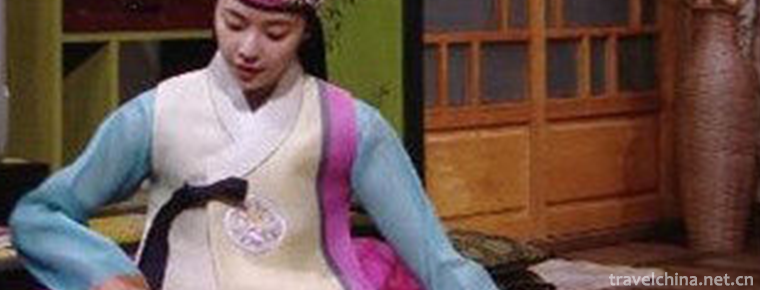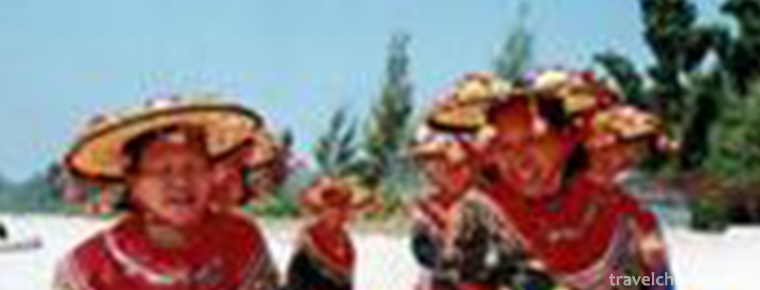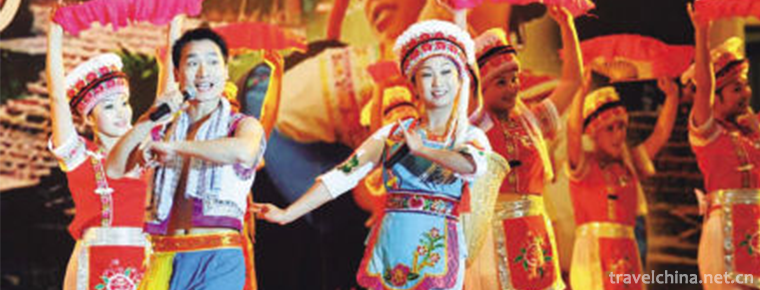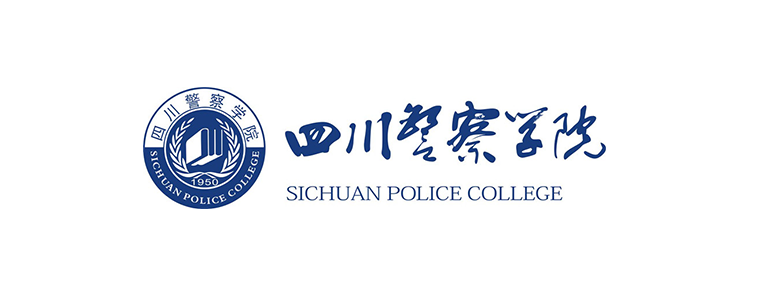Du Shoutians former residence
Du Shoutians former residence
Du Shitian's former residence is the old residence of Du Shitian, the emperor's teacher of the Qing Dynasty, as well as the old residence of many famous officials of the Du family. Located in Binzhou Bincheng District Binbei Street South Street. There is a wooden archway in front of the door, with plaques of "Taishidi" and "Xiangguodi" hanging at the head of the door, and plaques such as "Fangbodi", "Yayuan", "Chuanwang", "Grandfather and Brother Bird's Nephew Hanlin" hanging in the hall. All the buildings are Sihe courtyard, which covers an area of about 25 mu and contains 28 small courtyards. There are more than 300 houses, such as halls, embroidery buildings, chambers, ancestral halls and so on. There are only embroidered buildings, living rooms and some halls and compartments. The architectural style is simple and simple, which is a typical architectural feature of northern Shandong in Ming and Qing Dynasties. In 1985, it was listed as a cultural relics protection unit at the county level. In 2004, it was listed as the cultural relics protection unit of Binzhou City. It was opened to the outside world on April 27, 2010. In 2010, it was awarded the national AAAA level tourist attraction by national tourism.
Summary
Du Shoutian's former residence is the property of his parents and many uncles and brothers. From the Ming Dynasty, the Du family was a famous family. By the end of the Qing Dynasty, there were 12 Jinshi, whose house was called Du Fu.
Du Shi, the founder of Du's courtyard, ranks second. According to the etiquette of the Ming Dynasty, his door can open three doors and five beams. However, Du's house is only one; his house can have five main rooms and nine beams, but there are only three main rooms and five beams. Du Shoutian ranked first grade. He did not buy an acre of land for his official life and did not add another room. Although the Du family in Binzhou has a large number of important court ministers and governors in the prefecture, the Du family's house is very ordinary, and the house decoration is also very concise. The disadvantage of family property is interesting to Du family's modesty and low-key of life, while their low-key of fame and their active dedication to being an official complement each other. This low-key way of life made the once famous Du family in Binzhou little known, even disappeared in the memory of the public.
Open and unobstructed is the typical feature of Du Shitian's former residence. There are not only gates in all directions of southeast and northwest of Du's courtyard, but also corridors in all directions. In the courtyard, the small courtyards not only open the back door and side door, but also have doors and corridors connected. There is no enclosed space in the courtyard, which is relatively independent, and the atmosphere is interlinked with each other. The whole courtyard reveals a kind of happiness, a kind of intimacy, a kind of warm and harmonious coexistence of brothers and sisters-in-law. The opening and inclusiveness of the courtyard forged a large number of honest officials. From here, the people who came to the political arena were like this building, inside the outer circle, advancing and retreating freely.
Entering the former residence, tourists will realize the essence of Du Shoutian's official work: to be modest and honest, to be patriotic, to be honest and diligent, and to be "correct, clear, peaceful and prudent".
Profile
Du Shoutian (1787-1852), Zizhinong, a native of Binzhou, Shandong Province (Bincheng District, Binzhou City, present-day Binzhou City). He was the teacher of Emperor Xianfeng. Du Du, his father, edited and repaired the Hanlin Academy in the Jiaqing period of Qing Dynasty, and was a left waiter of the Ministry of Rites. His family background is prominent, for a long time, "Shuxiang official family, family of more than one scholar", because Du family "a seven scholar", "father and son Wuhanlin", and there are additional "Taishi Taibao" senior officials, the Chinese Literature Dictionary, the Great Dictionary of Calligraphy and Painting, and the Dictionary of the Chinese Celebrity People's Congress have records of his family.
address
Near Chengguan Community, Binbei Street, Binzhou City, Shandong Province, you can take No. 24 bus directly.




-
China of chunqiu yancheng tourist area
China Spring and Autumn Yancheng Tourist Area (also known as Yancheng, Spring and Autumn Yancheng) is located in the central city of Wujin District, Changzhou City.
Views: 173 Time 2018-12-06 -
Thousand Islet Lake Qiandaohu Scenic Area
Qiandaohu Scenic Area, also known as Xin'anjiang Reservoir, is located in Chun'an County, Hangzhou City, Zhejiang Province..
Views: 190 Time 2018-12-07 -
Olympic Rowing Canoeing Park
Beijing Olympic Water Park, also known as Shunyi Water Park, is located in Chaobai River, Mapo Township, Shunyi District, Beijing. Its building area is 31850 square meters, and the number of seats is .
Views: 149 Time 2019-01-02 -
The Dai Garden of Xishuangbanna
The Dai Garden is called Xishuangbanna Dai Garden. Located in Xishuangbanna Olive Dam, Yunnan Province, China. There are five Dai Natural Villages with the best preservation in China.
Views: 175 Time 2019-02-25 -
Jia Jia Quan
Amaranth, also known as Amaranth, Amaranth hammer, one of the traditional Chinese boxing. It was founded by Mr. Junai Zhou (1724-1783) in Heshui County, Zhengzhou, in the reign of Qianlong in the Qing.
Views: 224 Time 2019-04-16 -
Gallequin Art
Jia Liqin is made by Jia Xiwang of Jia Liguo, who imitates Chinese Han Zheng. The shape is similar to that of Zheng, and it is also a string and a pillar. There are twenty-one strings in the current G.
Views: 172 Time 2019-04-30 -
Huidong Fishing Song
Huidong Fishing Song is one of the traditional folk arts in Guangdong Province. From the Song Dynasty, fishing songs in the shallow sea of Huidong were introduced from the coast of Fujian Province..
Views: 178 Time 2019-05-05 -
Ping Ju Opera
Opera commentary is a kind of opera which is spread in the north of China. It is one of the most popular operas among the people and ranks among the five major Chinese operas. Some people once thought.
Views: 141 Time 2019-06-09 -
Sangzhi Folk Song
Sangzhi folk song originated from the ballads of the ancestors'daily production and life in the primitive farming period. It is a kind of folk music culture created, Sung and accumulated by the people.
Views: 129 Time 2019-06-12 -
Sichuan Police College
Sichuan Police College is the only full-time undergraduate college of political, legal and public security in Sichuan Province, which is sponsored by the People's Government of Sichuan Province and jo.
Views: 118 Time 2019-08-31 -
Suining transportation
Suining is a transportation hub city in Sichuan Province, with an equal distance of 128 km between Suining and Chengdu Chongqing. It is an important node city and secondary comprehensive transportation hub between Chengdu and Chongqing. 237km "3-way 7-line" railway.
Views: 123 Time 2020-12-16 -
Plant resources in Yibin
Yibin City belongs to subtropical evergreen broad-leaved forest area, with rich plant species and diverse vegetation types. There are 435 species of arbor and shrub plants, 205 genera, 86 families, 59 species of bamboos, and 310 species of landscapi.
Views: 291 Time 2020-12-18
